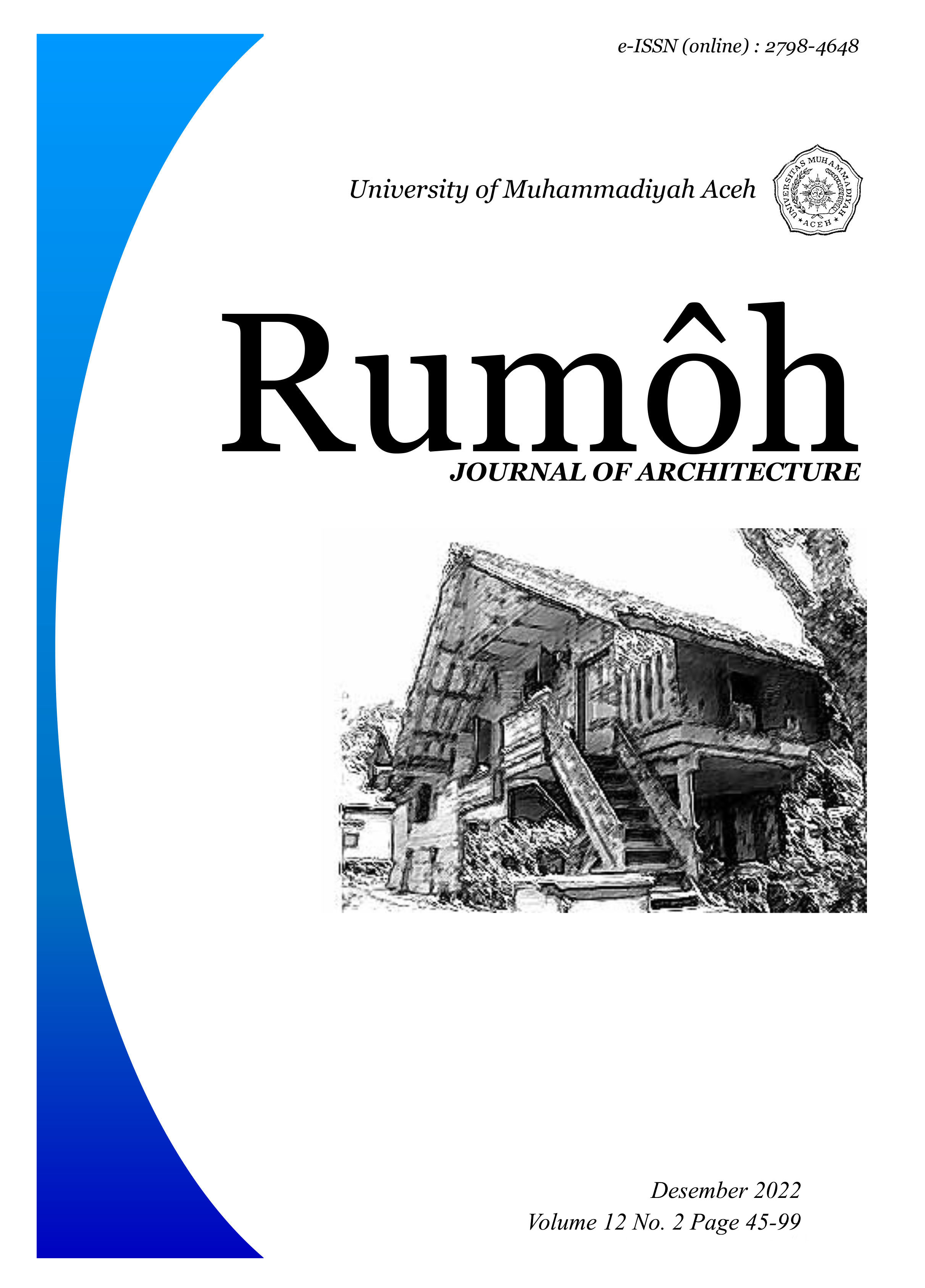IDENTIFIKASI FASAD MUSEUM KOTA LANGSA SEBAGAI BANGUNAN PENINGGALAN KOLONIAL BELANDA
DOI:
https://doi.org/10.37598/rumoh.v12i2.209Keywords:
Colonial Architecture, Facade, Colonial Architecture CharacteristicsAbstract
Langsa is one of the city that was once colonized by the Dutch in 1877-1942. During the Dutch colonial period, Langsa was used as a transit point (command post), so that many Dutch government officials settled in Langsa. Within in a short of time Langsa became a big city, all kinds of infrastructure were built and filled with typical Dutch architectural heritage. Nowadays, most of these buildings are neglected and start to lose its historical values. This phenomena happened because of lack appreciation of the local community for the existence of historical buildings, some of them have been damaged and demolished, so that their authenticity is no longer visible. There are several buildings from the Dutch colonial heritage in Langsa that are still standing strong today, namely the Museum, Hall, Satpol PP and WH offices, Post Office, SDN 1 School and Istiqamah Mosque. All of these Dutch colonial heritage buildings are located in one adjacent area and are still well used by the community, some of them have been converted into new function. One of the buildings whose Dutch colonial authenticity and characteristics are very visible is the museum building which is located in the city center. At First this building functioned as the headquarters of the Dutch army, after experiencing several changes in function, in 2019 this building was inaugurated as a museum by the Langsa City Education and Culture Office (Disdikbud). This research is using a descriptive qualitative research through literature studies, interviews and field observations. The purpose of this research are to study and identify further the facade of the Langsa City Museum. The results of this study are expected to be useful as data and guidelines for the government and other parties in planning physical improvements so that the original elements of colonial buildings would not disappear.
Downloads
Published
Issue
Section
License

This work is licensed under a Creative Commons Attribution-NonCommercial 4.0 International License.











